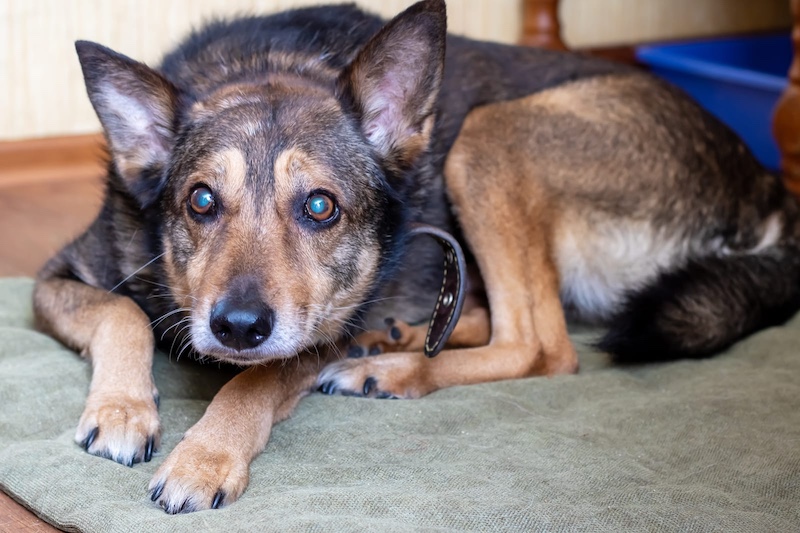As our dogs grow older, their needs change. They may not be as energetic or agile as they once were, and they might face health challenges such as arthritis, vision impairment, or decreased mobility. Creating a safe, comfortable environment in your home can help them age gracefully and with dignity. Here are some tips on how to make your home a safe haven for your aging dog.
1. Provide Non-Slip Flooring
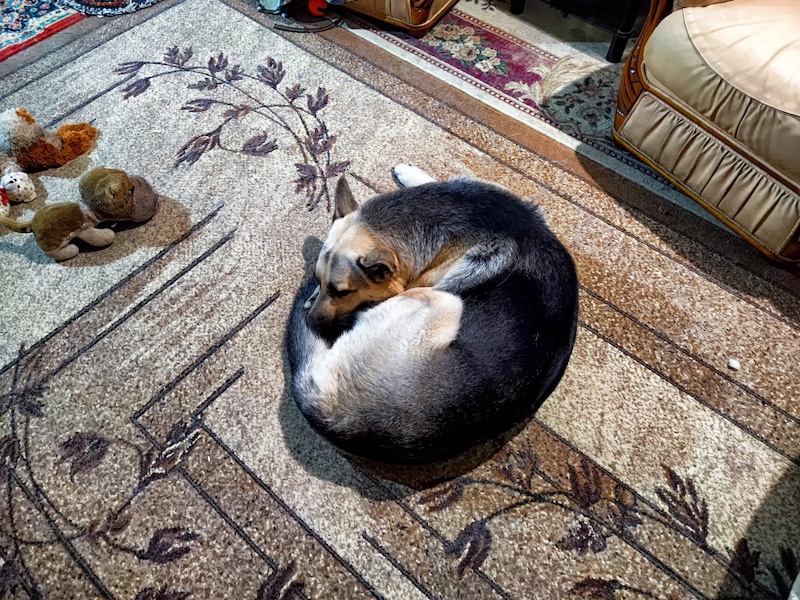
Slippery floors can be a hazard for older dogs, especially those with joint or mobility issues. Hardwood and tile floors can be difficult for them to walk on, increasing the risk of slips and falls. To provide better traction, consider placing rugs or mats in areas where your dog spends the most time, especially in high-traffic areas, near their bed, and around feeding stations. Opt for rugs with non-slip backings to ensure they stay securely in place.
2. Make Ramps Accessible

As dogs age, jumping onto furniture or navigating stairs can become challenging or even painful. Adding ramps to areas where your dog would usually jump, like beds, couches, or porches, can make their life a lot easier. Look for ramps with a gentle incline and textured surfaces to prevent slipping. If you live in a multi-story home, it may be worth limiting your dog’s access to stairs and providing ramps or designated spaces on the main floor.
3. Create a Comfortable Sleeping Area
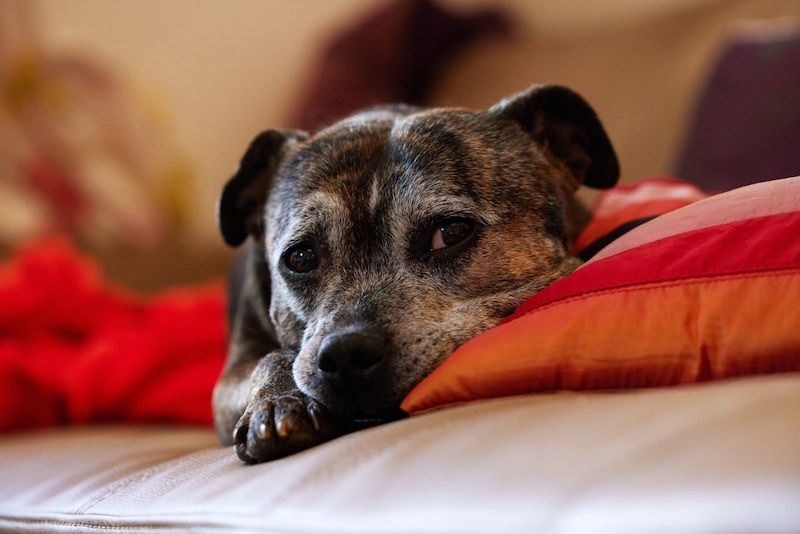
Older dogs often need more rest and may benefit from a supportive bed that alleviates pressure on their joints. Orthopedic dog beds are designed with memory foam or other materials that provide better support for aging bodies, reducing the strain on their muscles and joints. Place the bed in a quiet, draft-free area of the house where your dog can relax without disruptions.
4. Maintain a Safe and Predictable Layout

Vision and hearing often decline in older dogs, making it harder for them to navigate changes in their environment. Avoid rearranging furniture, as your dog may struggle to adapt and could accidentally bump into objects. If you need to make changes, consider doing so gradually, allowing your dog time to adjust. You can also use baby gates to block off areas where they might get hurt, like stairs or rooms with fragile objects.
5. Make Food and Water Easily Accessible
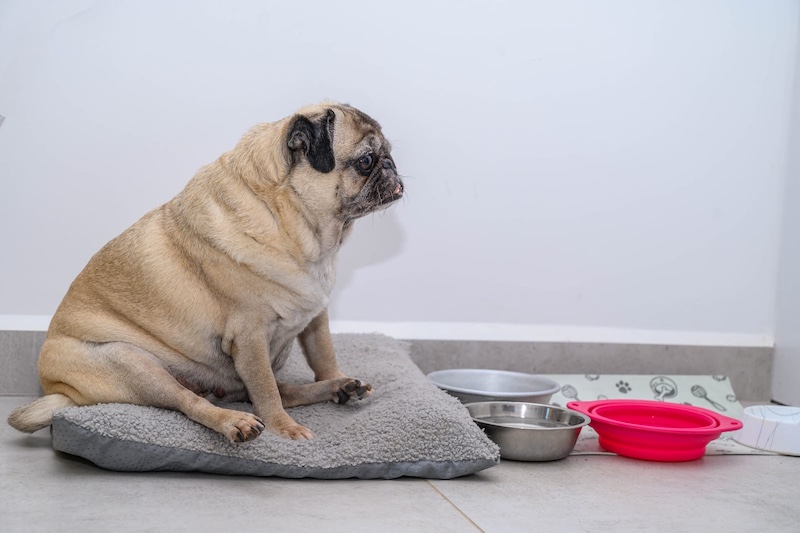
Older dogs may find it uncomfortable to bend down low to reach their food and water bowls. Elevated feeding stations can make mealtimes more comfortable by reducing strain on their neck and back. Ensure that water is always within easy reach, especially if your dog has reduced mobility. Staying hydrated is important for their health, particularly as they may become less active and require fewer trips outside.
6. Keep Hazardous Items Out of Reach
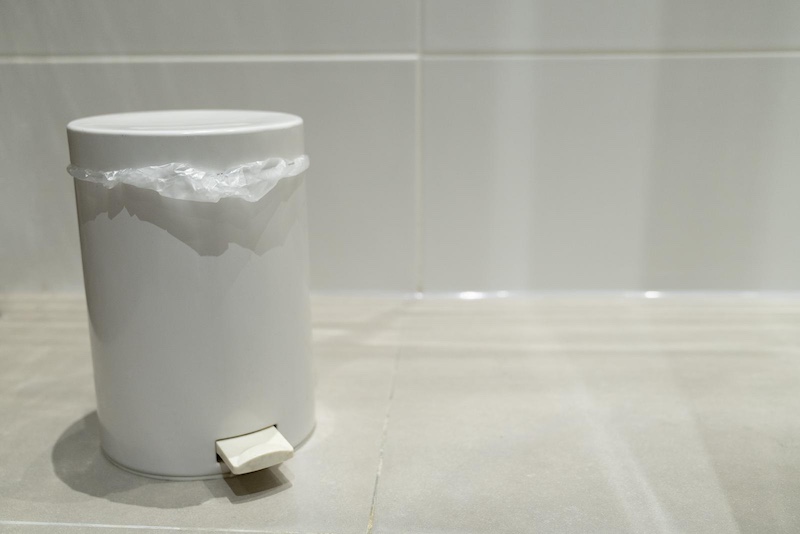
As dogs age, they may develop cognitive issues that lead to changes in behavior, such as exploring areas they previously ignored. Be mindful of where you store hazardous substances like cleaning products, medications, or even certain foods that can be harmful to dogs. Secure trash cans, cupboards, and any other places where they could potentially access something dangerous.
7. Regularly Groom and Check for Issues
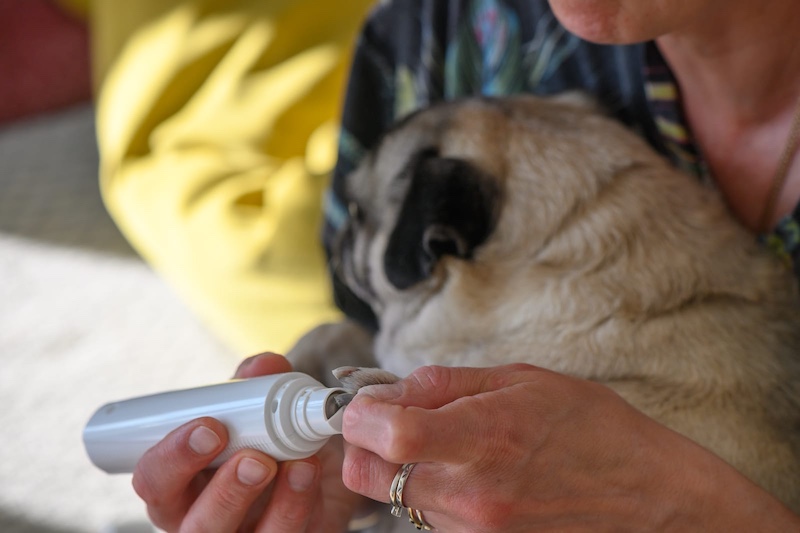
Regular grooming is essential for aging dogs, as it helps prevent matting, improves skin health, and allows you to check for any lumps, bumps, or sores. Aging dogs may also struggle with overgrown nails, which can affect their balance and increase the risk of slipping. Keep their nails trimmed and brush their coat to keep their skin healthy and stimulate blood flow. Regular checkups at the vet can also help detect and address health issues before they become serious.
8. Adjust Temperature and Lighting
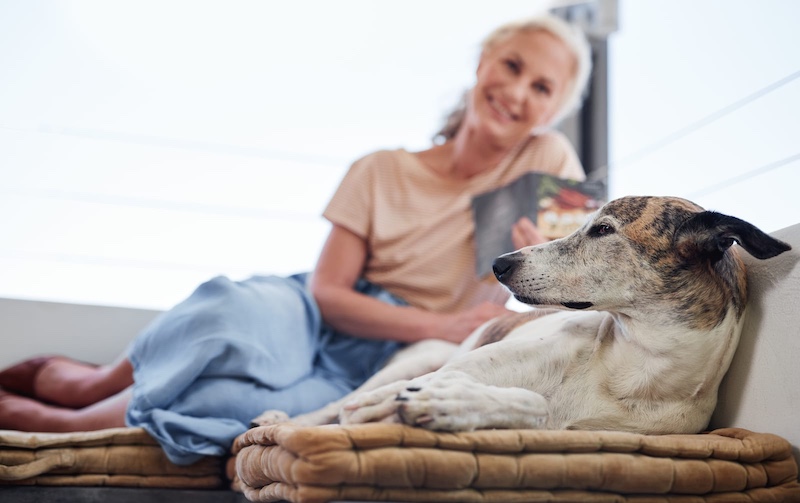
Older dogs can be more sensitive to temperature changes and may struggle to regulate their body temperature. Make sure they have a warm, cozy spot in the winter and a cool area in the summer. If your dog has trouble seeing in dim lighting, adding night lights or keeping lights on in certain areas can help them move around more safely.
9. Monitor Their Physical and Mental Health
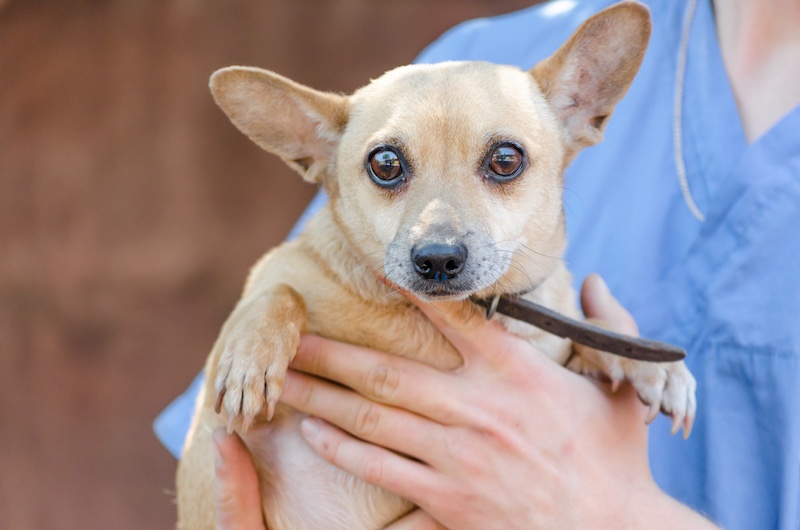
Aging dogs may experience anxiety or confusion, which can affect how they interact with their environment. Pay attention to any changes in behavior and consult your vet for advice on how to manage these symptoms. Mental stimulation is still important for older dogs, so engage them in gentle play and activities that cater to their physical abilities. This can help them stay mentally sharp and reduce anxiety.
10. Spend Quality Time with Them
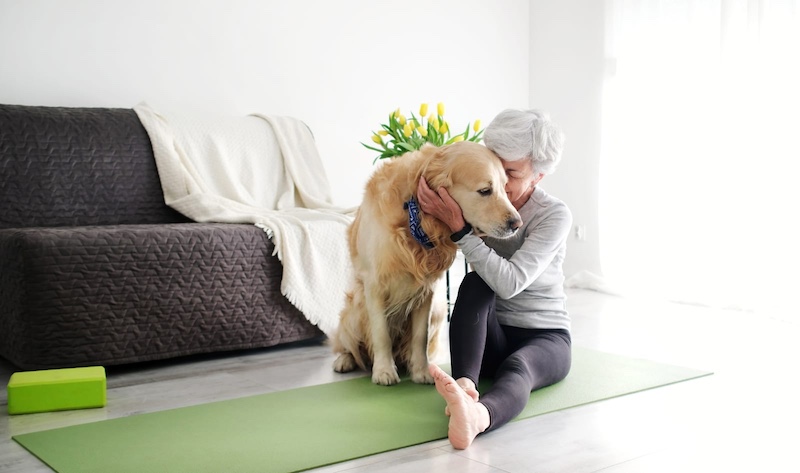
The most important thing you can do to make your home a safe and comforting space for your aging dog is to spend time with them. Older dogs thrive on companionship and benefit greatly from the security of having their favorite humans around. Whether it’s sitting quietly together, going on gentle walks, or simply being by their side, your presence can help them feel safe and loved. Please Note: This content was created with the assistance of AI and thoroughly edited by a human before publishing.

